How to Make Prickly Pear Syrup
September 21, 2015 | Updated June 17, 2020
As an Amazon Associate I earn from qualifying purchases.
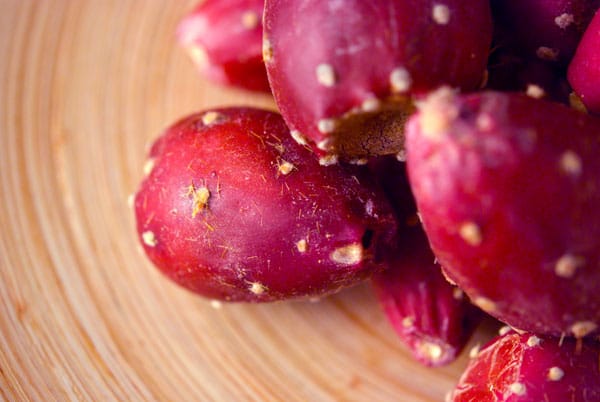
Well into my adulthood, all I knew about prickly pears was that they are the fruit of a cactus, the Sicilians eat them, and that according to Baloo, they are a bear necessity. I’d filed them in the back of my mind to the “someday I’ll get to it” list, along with perfecting bechamel and giving a crap about edible foams.
But when I moved to California years ago, I saw them everywhere.
Prickly pears are a common landscaping plant, one I’ve taken to growing in my own yard.
The fruits, often called tunas, come in all sizes and colors, ranging from teeny to larger than an orange. The larger ones are worth eating as a fruit, but the little ones are best for prickly pear syrup, which is what I first made with this fantastic cactus fruit.
The first time I brought some home, life intervened and they sat in my fridge in that paper bag for nearly a month. Apparently prickly pears store really well in the fridge. I’ve since kept them in a paper bag in the truck for a week and they were fine.
If you want to eat the fruit, you need to get these little flavor grenades out of their spiky skins. Second lesson learned: It’s not the big, seemingly vicious spines you need to worry about. It’s the hairlike “glochids,” which cover the fruit, that you need to worry about. Hated, evil glochids. Even the name sounds like some monster in a George Romero film.
Instead of skinning, you can also torch the pears briefly, which burns off the glochids. My friends Elise and Garrett have a method for skinning prickly pears that works well, too.
Regardless of how you use your tunas, you need to separate the seeds from the pulp. Garrett and several others say the seeds are edible, but they are either high or have far stronger teeth than I do; it’s like eating a wood chip.
Prickly Pear Syrup is dead easy. No skinning or burning required. Simply cover the fruits with water, bring to a boil, cover and let steep for 30 minutes or so. Mash with a potato masher, run through a food mill to remove the seeds, and then strain, strain strain.
I am something of a fanatic when it comes to clarity; I developed this particular neurosis from making wine. So I pass the pulpy juice through a fine-meshed sieve and then again through cheesecloth or a plain paper towel.
After that, I add an equal volume of sugar and bring it to a simmer to thicken a little. Once the sugar was good and dissolved, I turned off the heat and added some citric acid.
Why? Third lesson learned: Prickly pears, which taste like a combination of bubble gum, watermelon and strawberries, are mostly lacking in tartness. An exception is the variety the Mexicans call xoconostle. Without tartness, fruit is not very tasty.
Why citric acid? I wanted a neutral acid, not lemon juice. They’re close, but not the same. Lemons bring other flavors to the party, and I wanted this to be prickly pear’s show.
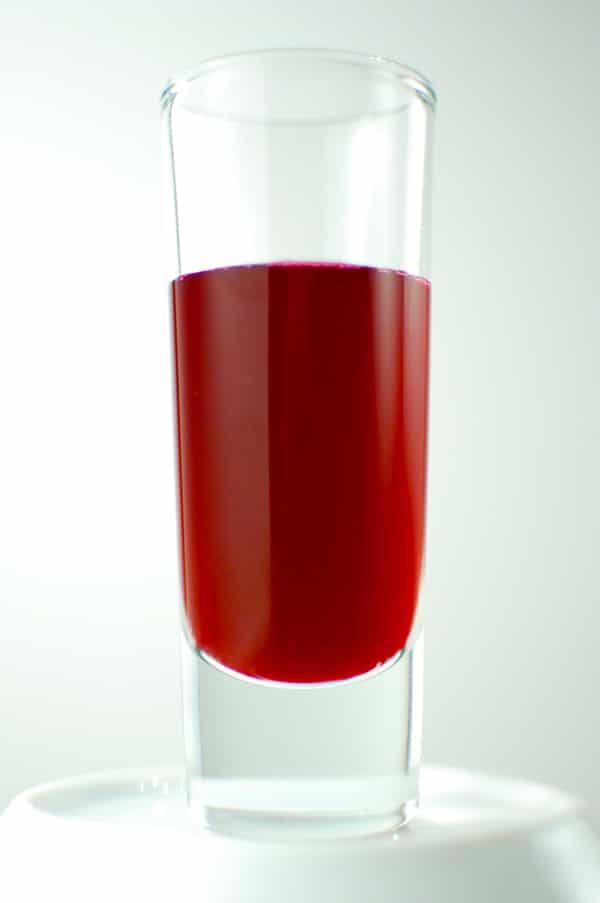
The result? Pure magenta power.
This prickly pear syrup rocks. The citric acid gives it just the right tang, and it brings out the watermelon-bubblegum elements and holds the color; it’s also a good preservative.
My initial use: Mixed with tequila, of course. Cactus and Agave. Duh! After that obligatory start, you can make sorbet, a vinaigrette for a salad, a souffle, or a glaze for game birds. If you want to do that, here is a glazed pheasant recipe that works just fine with a regular chicken (or quail or grouse), as well as with other glazes such as maple syrup, honey or another fruit syrup.
What’s the takeaway? Stretch a bit. Expand your horizons and work with new flavors. Some, like this one, will become new staples for your personal kitchen.
Prickly Pear Syrup
Ingredients
- 3 pounds prickly pears
- Water to cover
- 3 cups sugar
- 1 tablespoon citric acid, or the juice of 2 lemons
Instructions
- Put the fruits in a pot and add enough water to almost cover them. Cover and bring to a boil. Turn off the heat and let steep for 30 minutes.
- Mash the fruit with a potato masher, then push it through a food mill to separate out the seeds.
- Strain the pulpy juice through a fine-meshed strainer, then again through the same strainer that has either cheesecloth or a plain paper towel set inside. You need to do this to be sure of removing every last glochid.
- Measure the strained juice, and pour it into a pot. Add an equal amount (by volume) of sugar and bring to a simmer over medium heat. Let it simmer for 5 minutes. Turn off the heat and let it cool for 15 minutes. Add the lemon juice or citric acid. Add a little at a time and taste it. Stop adding when it is tart enough for you.
- Pour while still hot into clean Mason jars and seal. This should keep for months in the fridge, or you could process it in a boiling water bath for 10 minutes and keep it in the pantry; the citric acid helps preserve the syrup.
Notes
Nutrition
Nutrition information is automatically calculated, so should only be used as an approximation.

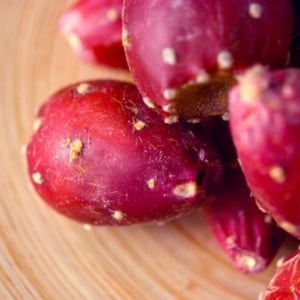
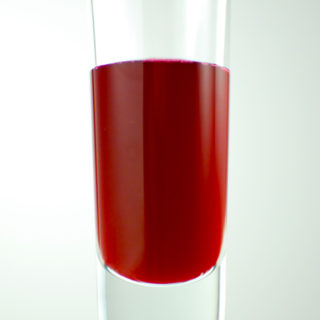
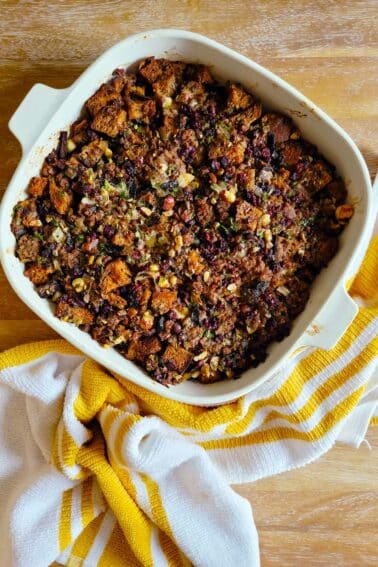
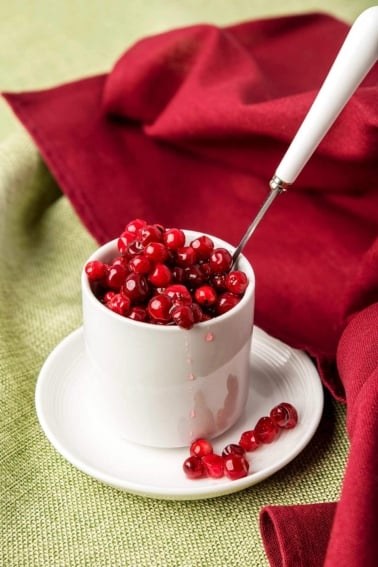
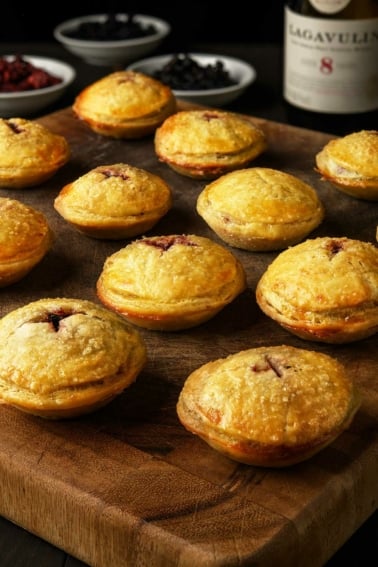

Can honey be used in place of sugar?
Tally: Yes, that works.
Hey, first time for me also. What if I have the extracted juice and don’t need the water part? I took the middles out and used a juice extractor that I’ve had for years, Jack Lalan? Anyway, I have 20 cups of juice and looking to make syrup with it and love this recipe and didn’t know how to maybe adapt it, or just us it as is.
MrHappy: 20 cups of juice would go with 20 cups of sugar — if you want it shelf stable. You can just sweeten to taste if you are keeping it in the fridge for only a month or two.
Plenty of tunas if not Dove this year. Followed the recipe – super simple – and came out great. Used a potato ricer in lieu of the food mill, then strained, and then put through cheese cloth before measuring and adding the sugar; super clear…and delicious.
Question – I made the above recipe as written. I believe I ended up with 3:3 ratio. After sitting for two weeks, I notice that the syrup seems to have settled or separated, and the meeting line seems fuzzy or whispy. Is this normal, and just needs a shake before using? Or, should I be concerned?
Sarah: Did you bring the mixture to a rolling boil when you made it? If so, it should not separate for a long time. I’d reboil it. The wispy part is possibly kahm yeast, which is harmless and happens pretty often.
Recipe instructions just say to bring to a simmer. Should I bring it to a rolling boil instead?
Lori: Yes, but only for a minute or two, then back to a simmer.
Thanks, Hank! My tunas are picked and ready to go. -Gina from New Mexico
Wow, I’ve been eating tunas all my life and when in season. I will need to make some jelly, yum! Thanks for great recipes.
Sorry if this is an obvious question, but when you say equal mount of sugar, you mean that if I end up with 2 cups of fruit liquid, I add 2 cups of sugar? Thanks!
Jaime: Yes, exactly. You can use less, but it will not make the syrup stable and it will mold or ferment eventually.
Hank, I’m making my first attempt at this and have read through the comments but found conflicting answers, what becomes of the liquid after steeping the tunas? Do you discard it, mash the tunas in it and then strain, or…?
Christopher: The liquid IS the syrup! That’s what you add the sugar to. The solids are discarded.
We have been making prickly pear syrup for 6 years. However, there are times when our deep magenta syrup turns to an orange color. Does anyone have any idea what might be causing this change of color?
I noticed the same thing; this is my first time making it. Oddly, after it cooled it went back to a magenta color.
Aloha from the Central Valley of CA. (I wasn’t born there, but moved here 3 yrs ago.). I’ve been trying to figure out a better way of getting to the juice of these growing on our farm. Found this lovely website, and voila!
https://powerofplants.com/2015/11/secrets-of-making-painless-cactus-apple-juice/
I did all the washing and freezing, but then took them out of the ziplock and let them thaw in my Greek Yogurt straining bags like I do my yogurt. Not sure that was smart, b/c now I have to order new bags – those glochids got into the bags! I think they’ll boil off while making the syrup, right? So I will leave the tunas in-bag to thaw and poke holes in the bags for the juice to drain. I picked enough to have 6 bags of 9 tunas per gallon ziplock. Made 9 quarts of juice! And there’s still tunas on our cacti – sheesh! Tonight I’ll make your simple syrup recipe and put into quarter pint (4oz) sterilized mason jars for holiday and other gifts. Thank you for your patience in your instructions and answering questions. Can’t wait to make my tuna gin fizzes again for this year. Magenta is my fav color 🙂 Maybe I’ll call them my “Pandemic Magenta Gin Fizz”!!
Update: I got 16 cups of juice, not 9 quarts (oops, go figure when ur tired!). This made 16-4oz jars, 8-8oz jars, and 3-16oz jars, with some left over to top off the earlier 1 cup I made to test out. Yum. And, my “Pandemic Gin Fizz” was delightful.
I made this syrup yesterday but I didn’t cook them but just peeled the fruits and put them in a mixer, strained off the juice and mixed with a little less sugar than the amount of juice. Added an punch of vodka to the syrup to prolong shelflife. Feels like the flavors get too diluted with adding water. Thanks for the idea!
I found your recipe online last year after I foraged a few of these little gems on our ranch in Colorado. I made the syrup, which is quite easy to do. It is super yummy. My husband raves about it and hands out samples to anyone who wants to try it. He loves it on his waffles and pancakes. Last year I only made a jars worth of syrup since I only had a few of the fruits. This year I have upped the ante and will definitely be make a much larger batch. I want to try this in a margarita for sure this go round. Love your site, I didn’t browse the site last time when I found your recipe, but have today and it’s full of some great ideas for our foraging treasures that we are sure to try. Thanks for sharing your bountiful of knowledge.
I have been making prickly pear jelly for years and am so happy to find this recipe! There is no need to remove any of the glochlids prior to boiling. I harvest them with tongs right into a big canning water bath pot, barely cover with water, and boil until the tunas pop (or I cut them with scissors as they cook). Then strain through a pasta strainer for the big chunks (seeds, pulp, etc.), then through cheese cloth twice. Easy Peasy!
About how much syrup does this recipe produce?
Thanks but I cannot find how long this actually lasts? As far as shelf life??
Masumi: In the fridge? More than a year. If you have a 1:1 juice to sugar ratio it will be shelf stable, too.
If you use lemon juice instead of citric acid, will it still last a long time in the fridge? And like how long we talkin?? Thanks in advance!!
Beth: Yes it will, and in my experience, many months. Occasionally you will see a little floater of white mold, but I pull that off and carry on.
Should I have washed them first? You know bird poop etc. And I think I used to much water, will it just be very weak? Thanks
Judy: I don’t wash mine because I burn the spines off with a torch. But if you don’t, you can wash them. No harm in it. As for too much water, just boil it down until it is the flavor you want.
So so you dump out the water then mash them or leave it in with the pears and mash together?? Thanks!
JJ: I don’t dump out the water.
This is a great recipe. We live in South Texas, so tunas are everywhere July-September. I made a batch of this last year and enjoyed many prickly pear margaritas : ) I used citric acid and it worked great not overpowering the mild flavor of the tunas. I came back to this recipe since the tunas are ripe for the picking now and plan to make more batches for Christmas gifts. Thanks for the recipe and your user friendly website!
I’m planning to use the fruits from my yard to make syrup as a gift. How do you store once you’ve made the syrup? Can it stay in the pantry?
Ameli: Yes, if you go 1:1 ratio with juice to sugar. Anything less than than and your syrup will ferment.
Which prickly pear cactus do you have? Do you have any suggestions on where to buy them? Thank you!
Amanda: Doesn’t really matter which species, as they are all useful. Best place to find the fruit is to gather it, but barring that, look in Latin markets. They call them tunas.